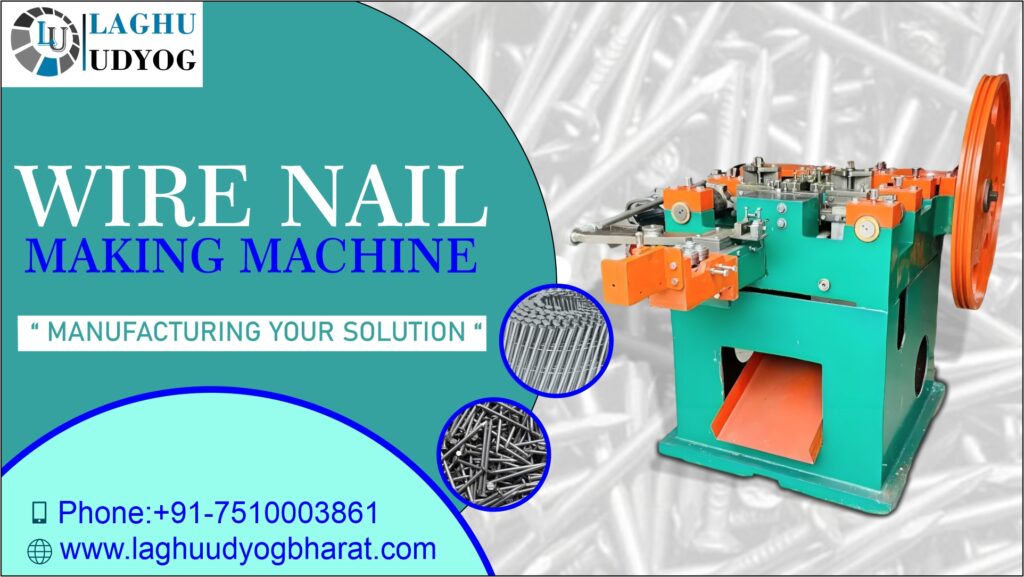Wire nails are ubiquitous in construction, carpentry, and various other industries. They are essential fastening components, securing structures, and materials together. Producing these seemingly simple items is a sophisticated process that relies on advanced machinery. This article delves into the intricacies of wire nail making machines, exploring their evolution, functionality, and the impact they have had on manufacturing.
Historical Context
The production of nails dates back thousands of years, with early examples made by hand from wrought iron. The Industrial Revolution brought about significant advancements in nail manufacturing, transitioning from manual methods to mechanized production. Early nail-making machines were rudimentary, often requiring significant human intervention. However, they laid the groundwork for the automated and highly efficient machines used today.
Basic Functionality of Wire Nail Making Machines
Iron nail making machines are designed to transform steel wire into nails through precise operations. The primary steps involved in the nail-making process include:
- Feeding: The machine pulls steel wire from a spool, feeding it into the cutting and shaping mechanisms.
- Cutting: The wire is cut into predetermined lengths, corresponding to the desired nail size.
- Shaping the Head: One end of the wire is hammered to form the nail head. This is achieved through a combination of mechanical hammers and dies.
- Pointing: The other end of the wire is sharpened to create the nail point. This is done using a series of cutters and grinders.
- Ejection: The finished nail is ejected from the machine, often into a collection bin or conveyor for further processing or packaging.
Technological Advancements
Modern wire nail making machines incorporate various advanced technologies to enhance efficiency, precision, and output. Some of these innovations include:
- Automation and Control Systems: Contemporary machines are equipped with sophisticated automation systems that reduce the need for manual intervention. Programmable logic controllers (PLCs) and computer numerical control (CNC) systems ensure precise control over the manufacturing process.
- High-Speed Production: Advances in mechanical engineering have enabled machines to operate at high speeds, significantly increasing production rates. Some modern machines can produce thousands of nails per minute.
- Quality Control: Integrated quality control systems monitor various parameters, such as nail dimensions, head shape, and point sharpness, ensuring consistent product quality. Defective nails are automatically detected and removed from the production line.
- Energy Efficiency: Newer models are designed to be more energy-efficient, reducing the overall energy consumption of the manufacturing process. This not only lowers operational costs but also minimizes the environmental impact.
Impact on the Industry
The evolution of nail making machines has had a profound impact on the nail manufacturing industry. The ability to produce large quantities of nails with consistent quality has driven down costs and made nails more accessible. This, in turn, has supported the growth of construction and other industries reliant on nails as a fundamental component.
Conclusion
Iron nail making machines exemplify the intersection of mechanical engineering and automation, transforming a basic manufacturing process into a high-tech operation. As technology advances, these machines will likely become even more efficient and versatile, cementing their role in modern manufacturing. The evolution of wire nail making machines is a testament to human ingenuity, continually pushing the boundaries of what is possible in industrial production.
